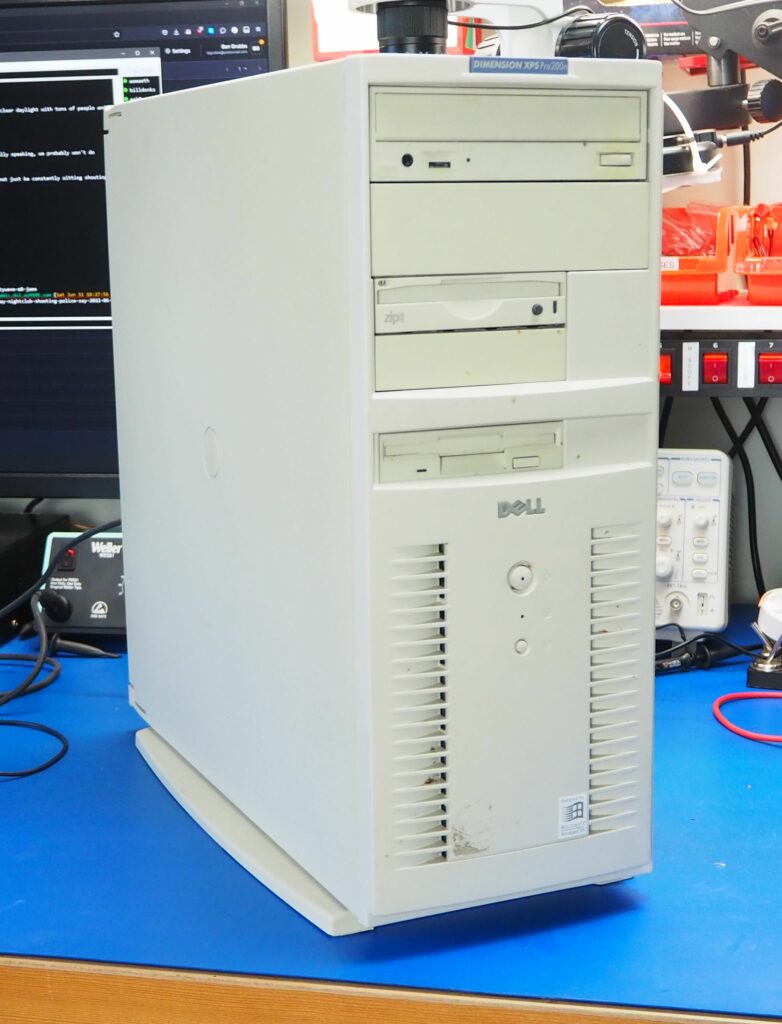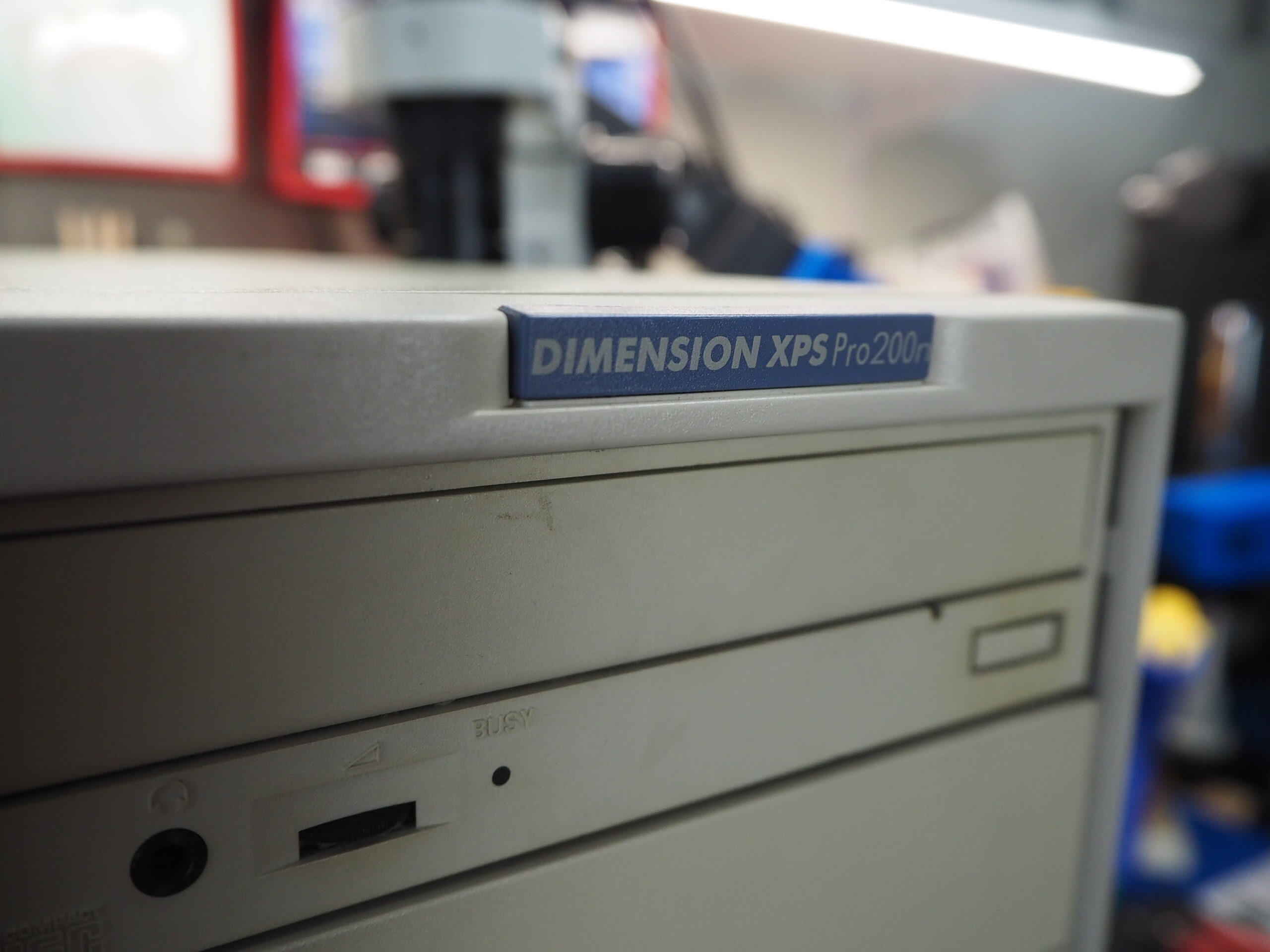Introduction
By the time I was forming memories as a young child, we always had a computer in the house. My dad was a software and database engineer; he worked in several industries, including in the aerospace field where he wrote software for Pratt & Whitney rocket engines. The first computer I remember was a Tandy TRS-80 Model II with a Motorola 68k CISC and two 8″ floppy drives. I have memories of seeing 8″ floppy disc mailers arrive in the mail, and I was fascinated by the idea that information could be conveyed by something that had no discernible features on it. Most of my early computer exposure was through observation: I would watch my dad and my older brother type on a keyboard and interact with the computer.
Our first real family computer was an Intel i386DX 33 MHz PC that we got for Christmas one year. It was built by a local computer store called One Step Computers located in MacGregor Village in Cary, NC. I have a distinct memory of walking down the stairs that Christmas morning, and seeing the brilliant, vivid colors on the CRT monitor as it sat on the floor waiting for my siblings and I to discover it. A fish screensaver on Windows 3.1 was on, and my sister and I stared in amazement. That was my first real “wow” moment at what computers could do– as a kid, you’re not impressed by rocket engine software, but by a crude representation of fish.
I was pretty much hooked at that point. I lived and breathed as much as I could about computers from that point forward. My dad was still involved in software engineering, and a few years later he needed an upgrade, and then another after that. Eventually, one came in the form of a top-of-the-line Dell Dimension XPS Pro200n. This was the absolute pinnacle of home PCs at the time, and it sported a 200 MHz Intel Pentium Pro CPU. For awhile, this was strictly his computer, and we weren’t allowed to use it.

Those were exciting, accelerating times though. It wasn’t long before he needed *another* upgrade, and I finally got my hands on the Pentium Pro I had been longing for. Even for me though, this new found speed didn’t last long, and I eventually moved onto newer and faster hardware.
I never remember actually learning to type, and it seemed to come completely naturally to me. I think maybe this was because I observed them so closely — seeing what fingers pressed what keys. Maybe I simply emulated that when I first started typing on a typewriter in early elementary school. By the time I hit typing class in 6th grade, I would finish my assignments in 5 minutes and then walk around fixing problems the teacher had with other PCs in the lab.
I don’t know why, but we ended up hanging onto the Dell and for whatever reason, never quite decided to part ways with it. It persisted through so many moves, rearrangements, and so on. Even during attempts to reduce clutter and throw the old things out, the Dell remained. There’s so much from the 90s I wish I had kept: *so* much computer hardware and software, music CDs, other electronics, the list is huge. Fast forward decades later, and in my sixth or seventh move, the Dell is still here.
I love nostalgia, and especially during these times of climate change, a pandemic, massive inequality, and so on– the experience of being an ignorant, naive kid during the 90s is something I mentally visit from time to time as a respite. I would’ve LOLed at the thought of that had you told me during the time, of course.
When I saw the Dell sitting in my office closet a few weeks ago though, I realized it was probably the greatest link I still have to that era. A crazy idea popped into my head: what if I restored the system back to its original glory? I’m sure the system would probably run just fine again, but what if I restored the system to absolutely new condition as an homage to that era of computing? I decided I would keep the Dell most likely forever, and I want it to be in working condition as long as possible. As an adult you often realize the importance of history, and of preserving that history. When we lose or forget history, no matter how insignificant it may seem, we lose a piece of our collective human journey through this absurd universe.

So my plan is to document what I learn about the system, the how and why of restoration, and maybe relive some of the 90s through that process. I have no real end goal other than to end up with the computer as it would’ve been when it was new. Some parts of the restoration may be ridiculously in-depth, and maybe even seem pointless to some, but ultimately it’s not really about the end goal. It’s about the process, and what I (or we) learn along the way.